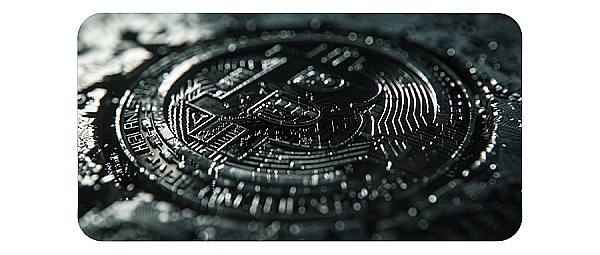I recently read an article about EigenLayer token Eigen on the Internet, "What is the awkward concept of inter subjective forking proposed by EigenLayer?"
It points out a very distinctive innovation of Eigen token in terms of application scenarios.
I have introduced EigenLayer many times in my previous articles. It is a new application scenario that has emerged in the Ethereum ecosystem in this round of bear market.
Its core idea is to fully believe in the consensus security of Ethereum and extend this security to other applications that require token staking.
The basic operation to achieve this method is to pledge ETH to other applications.
After the EigenLayer project was proposed, it quickly launched a mortgage "mining" activity, encouraging users to mortgage ETH or various ETH derivatives to EigenLayers, and giving token airdrop rewards based on the ETH pledged by users.
Recently, the results of its token (Eigen) airdrop have come out. All users who have participated in mortgage mining can check whether they can get the airdrop at mct.xyz/whitelist/70.
It is worth noting that unlike many other projects that issue simple governance tokens, Eigen has a real application scenario. This scenario is used for mortgage in intersubjective scenarios.
The article mentioned above uses the example of the last US presidential election to explain what is mortgage in intersubjective scenarios in a simple and easy-to-understand way. I suggest that our readers read this article carefully. Of course, for readers who are good at English, I suggest you read the original text of the project, "EIGEN: The Universal Intersubjective Work Token".
Here I will share my understanding with you.
Let's review Ethereum's mortgage mining first.
In Ethereum, users who really participate in POS mining need to mortgage 32 ETH. When this user does something bad in the process of participating in mining, his mortgaged ETH will be confiscated.
How does the system know whether it is doing evil?
It is discovered through the verification of transactions and blocks by all network nodes. This process is automatically completed by the algorithm under the consensus mechanism. It is an objective and verifiable result. No one will question this result and it will not cause disputes. ETH is very suitable for this type of verified mortgage.
But in actual applications, there is likely to be another scenario. In that scenario, the algorithm or verification process used is highly controversial, and even different verifiers will have completely different views on the results. In this case, no one can convince anyone.

How to deal with this situation?
There is already a precedent in the crypto world: hard fork.
This idea can also be used for EigenLayer. However, in EigenLayer, users pledge ETH. When encountering this situation, how do you fork ETH?
This is obviously unrealistic.
So EigenLayer creatively proposed its solution: in this case, users can use Eigen tokens as collateral. When any validator is dissatisfied with the result, a hard fork can be performed. In the newly forked scenario, the validator can confiscate other validators that he believes have done evil.
In theory, if a scenario may produce multiple verification results, then in extreme cases, multiple hard fork scenarios may appear. And which scenario wins in the end depends entirely on the free market competition. In other words, which scenario has the strongest consensus will be finally recognized.
I like this idea very much. It perfectly realizes Hayek's vision and ideal of market competition in this scenario.
Just because the Eigen token is to achieve such a function, it has made certain innovations in the specific technical implementation. It adopts a dual token structure: one is a standard ERC-20 token, and the other is a token that can be hard forked. There is a close correspondence between the two tokens.
Of course, innovation is good, but whether the project will eventually explode and whether the token has a lot of room for appreciation depends on many other factors. Moreover, EigenLayer's business model still has worrying systemic risks.
Anyway, such innovation at least adds a lot of positive points to this project.
Reference link:
"What exactly is the awkward concept of inter subjective forking proposed by EigenLayer?": https://twitter.com/0x_Todd/status/1785238019605491950
"EIGEN: The Universal Intersubjective Work Token": https://www.blog.eigenlayer.xyz/eigen/
 Sanya
Sanya











